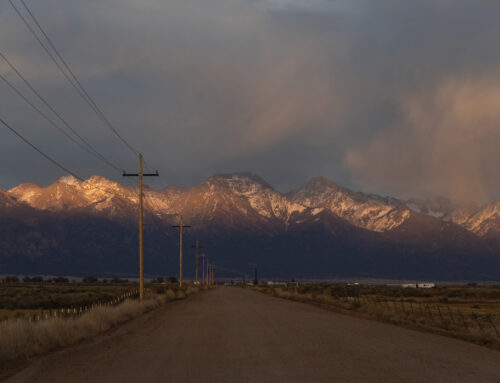American energy sector set to invest $100B in battery storage by 2030
May 10, 2025

Members of the US energy industry has committed to investing $100 billion over the next five years to build and buy American-made batteries for large, utility-scale deployments of battery energy storage systems (BESS).
Executives from the American Clean Power Association (ACP) and several utility company representatives said Tuesday that they were committed to a fivefold increase in active investments that could, according to the Association, lead to 100% American-made BESS projects – but that vision depends on both a streamlined permitting environment and predictable tax and trade policy, the ACP said.
This commitments “demonstrate what success can look like,” said ACP CEO Jason Grumet, adding that many industry players have been waiting in a sort of holding pattern until some long-term clarity develops around Trump’s tariff and trade policies. “There is a remarkable tension right now between probably the best fundamentals for investment in the energy sector that we’ve seen in a generation and the greatest amount of uncertainty that we’ve seen in a generation.”
Those fundamentals involve rapidly dropping battery costs with increasing density – and that efficiency improvement is coming with reliability, too, Hyundai joining Tesla (and others) in delivering batteries good for hundreds of thousands of miles of driving. The tension, of course, comes from the fact that most batteries, today, are made in Asia.
Advertisement – scroll for more content
Form Energy CEO Mateo Jaramillo says his company sources more than 80% of its battery content in the US and much of the rest from Europe and “non-China Asia.” And, while they’re working to re-shore even more, they remain exposed to heavily tariffed Chinese-made inputs.
Form eventually hopes to source raw iron from US mines in Michigan and Minnesota – and they’re not alone. Executives from other companies spoke up as well:
COVID-era disruptions across the global battery supply chain convinced Fluence that an energy storage market as robust as the United States’ needed a stronger domestic manufacturing base, Fluence Americas President John Zurancik said in the press briefing. The company’s U.S. investments are now bearing fruit as it expects to deliver its first U.S.-made lithium-iron-phosphate, or LFP, batteries this week for deployment later this year, he said.
Like Fluence, LG Energy Solution Vertech expects to significantly expand its U.S. manufacturing operations in 2025 and 2026. The South Korean battery powerhouse will adapt existing production lines at its Holland, Michigan, factory to deliver 16.5 GWh of stationary storage batteries this year and add 11 GWh of new capacity in 2026, its CEO said in a statement provided by ACP.
Even industry stalwarts like Wärtsilä have begun sourcing components for the container-based Quantum 3 BESS system we covered last summer from a geographically diverse set of suppliers, with manufacturing capacity across different regions of North America, Asia, and Europe. This should enable the company’s customers to take advantage of any local tax incentives while avoiding the kind of tariffs impacting global battery markets.
The ACP’s announcement adds about $85 billion to a set of “active investments” worth $10 billion to $15 billion, executives with the trade group said in a press briefing.

Battery energy storage just makes sense – and it’s being leveraged in smart ways by companies like Zenobē, who are using smart BESS deployments to help hold down ratepayer costs while improving grid resilience and reliability. Volvo, too, is working to develop rapidly deployable BESS solutions that can support temporary job sites and disaster relief efforts.
Then there’s the rich people. Located in Abu Dhabi, the world’s largest storage project will feature a 5.2 GW solar PV plant coupled with a 19 gigawatt-hour (GWh) BESS. You can check that out here, then let us know what you think of all these projects in the comments.
SOURCE: Utility Dive; featured image via Wärtsilä.
Search
RECENT PRESS RELEASES
Related Post


